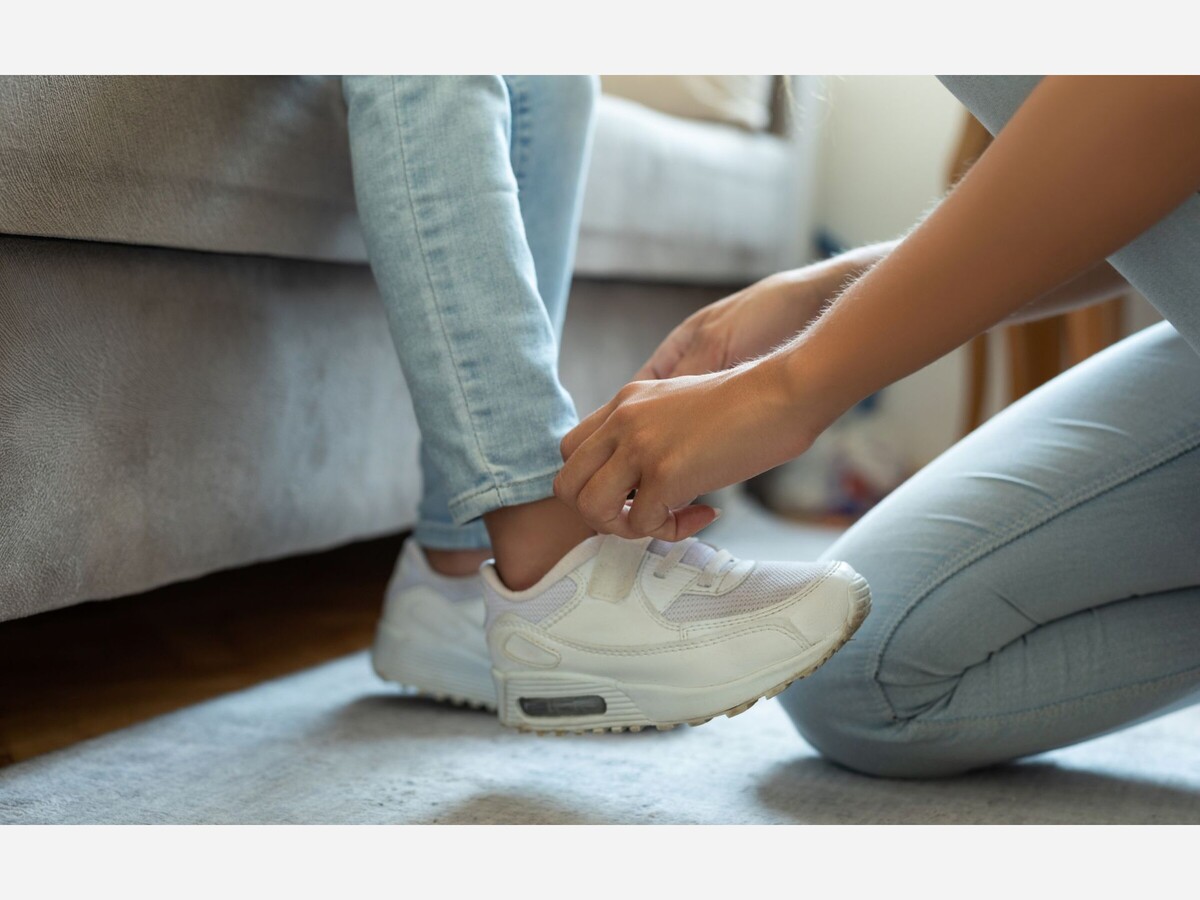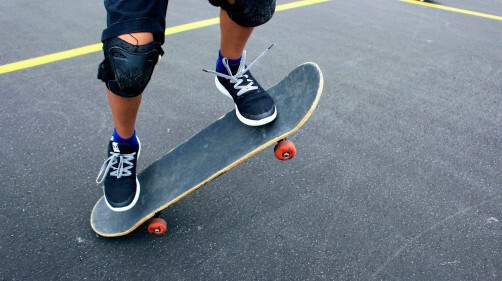Image

Get Off on the Right Foot: Advice When Buying Back-to-School Shoes for Kids
by Hospital for Special Surgery

The start of the school year means new classes, new school supplies and for many kids, new shoes. If the back-to-school shopping list includes a new pair of sneakers, it’s important to choose a shoe with good support that fits well, according to pediatric orthopedic surgeons at Hospital for Special Surgery (HSS).
“When parents bring their children in with foot pain or an injury, the first thing I do is ask about their shoes. The problem is often inappropriate or poorly fitting footwear,” says Dr. John Blanco, who sees young patients at HSS in New York City and at HSS Long Island. “Footwear has a lot to do with how their feet function day to day, especially during athletic activities.”
Dr. Blanco says a sneaker should fit well in terms of length and width, have good arch support, and be made of sturdy materials. “If we could make sure shoes were the right size, had proper support and were laced up appropriately, we would probably solve 80% of the basic foot problems we see in kids,” he says.
While many people have no problem with sneakers that they buy off the shelf, a specialty store with experienced staff can measure the foot and help select the best shoe for one’s foot type, according to Dr. Blanco.
You don’t need to spend a lot of money to get a good shoe. “The price of the sneaker has nothing to do with the quality of the shoe,” he says. “I see kids all the time with shoes that may look fancy on the outside, but you look inside and see that they don’t provide support.“
Dr. Blanco recommends lace-up sneakers over those that use Velcro, which provides less support. He says it’s important for young people to lace up their shoes each time they put them on. “Many kids are in the habit of slipping their foot into and out of a shoe without lacing it up appropriately, and this affects the way the shoe fits,” he explains. “A loose shoe can leave a someone more prone to injury if playing a sport.” Laces should go all the way to the very top hole and be tied snugly, as properly laced shoes give more stability to the foot.
How to Choose
When choosing sneakers, Joseph Molony, a physical therapist and manager of the Young Athlete Program at HSS, recommends people start with a good quality name-brand shoe. You don’t need to buy a top-of-the-line luxury model, but a solid name-brand shoe will generally be well constructed of quality materials. He offers additional advice when shopping for sneakers:
Dr. Blanco says it’s important to retire shoes once they’re worn out. He says many teens hold on to their shoes too long. “The main problem I see is that people wear their shoes to the very end. The shoelaces are broken, their toe is ripping through the side of the shoe, the sole is worn down, but they love the shoes.”
Once a shoe is worn out, it no longer provides the support and protection needed for day-to-day activities, let alone sports.